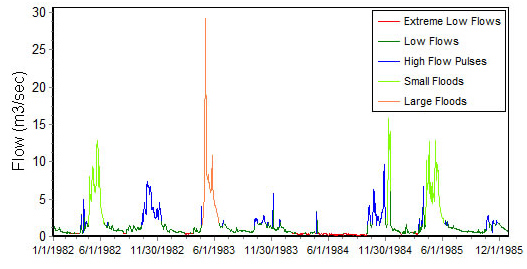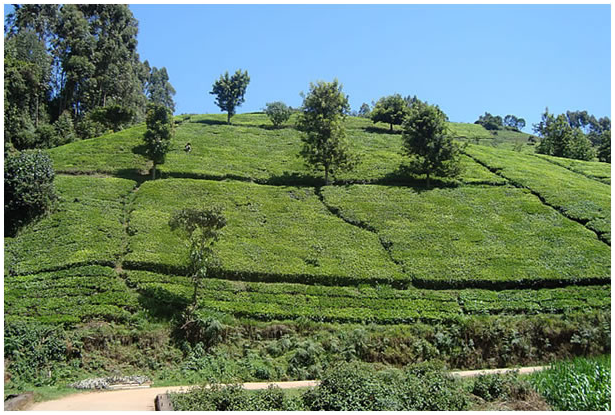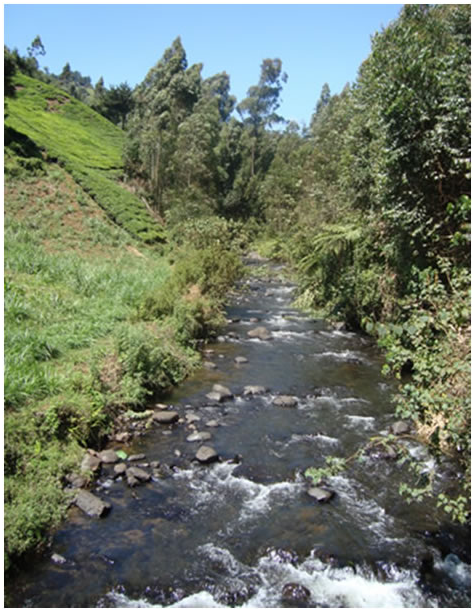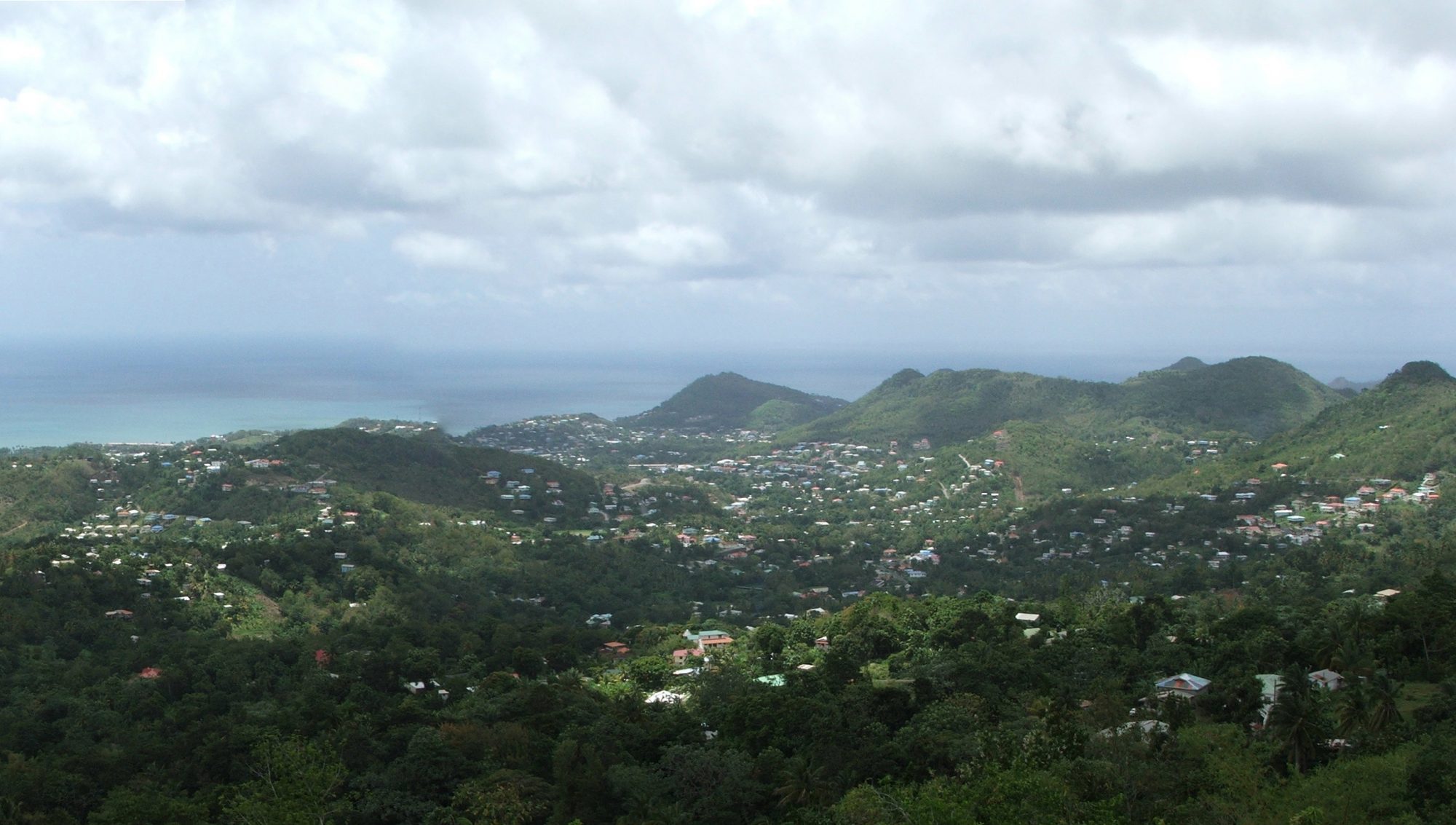Client: World Bank and French Development Agency
EIA Expert: Ken Campbell
Time: 2010-2013
The Master Plan for developing new water sources for Nairobi City and Satellite Towns was prepared with support from the World Bank and the French Development Agency. Following completion the plan was officially launched in September 2012. The plan provides least cost development options to be implemented in a number of phases between 2012 and 2030 to ensure adequate supply of safe water to Nairobi city and Satellite Towns up to the year 2035.
An environmental impact analysis was led by K. Campbell of theNRgroup, between 2010 and 2013, as part of a team led by Mangat, I.B. Patel & Partners (MIBP), Nairobi, Kenya.
The Water Supply Master Plan provides for investment in water supply infrastructure to fulfil short, medium and long term water demand for Nairobi City and 13 Satellite Towns including Kikuyu, Ruiru-Juja, Kiambu, Karuri, Githunguri, Mavoko, Ngong, Ongata Rongai & Kiserian, Thika, Gatundu, Limuru, Tala and Kangundo. The Master Plan provides least cost water supply infrastructure development options sequenced to meet targets up to the year 2035. A major component of the planned water supply infrastructure is the Northern Collector pipeline designed to divert water from a number of rivers flowing from the Aberdare Mountains.
The preparation of the master plan involved reviewing various water supply scenarios. Each scenario was examined first for technical soundness. An economic analysis was carried out to identify the least cost option, establish the financial costs and economic benefits for each scenario. In addition, environmental and social impacts were analysed. Finally, a multicriteria analysis was carried out to rank and determine the optimal options for meeting the 2035 demands for Nairobi and Satellite Towns.
Environmental impacts resulting from the proposed diversion of water for the Nairobi water supply were considered to include impacts from:
a) construction of weirs, tunnels and associated structures,
b) construction of dams,
c) construction of transmission pipelines and treatment works,
d) from operation of these systems, including upstream impacts, and e) changes to the downstream hydrology of the river basins as a result of reduced flow in the rivers.
Of these, the major environmental impacts were considered to be related to the reduced downstream flows. Reduced flows will have impacts on all downstream environments through changes to water flow patterns, quantity and quality. Analysis of impacts included: environmental Flow characteristics; Water quality; Protected Areas and Endangered Species; Impacts from Construction; Impacts from Operation; Aquatic and Riparian Environments; and an Environmental Monitoring Plan. Consideration was also given to the range of potential changes resulting from Climate Change, and the expected significant medium-term increases in international oil prices, related to Peak Oil.
There is now an increasing recognition, worldwide, that modifications made to river flows need to be balanced with maintenance of those ecological services depending on the availability of water. The river flows that are required to maintain these services are termed “Environmental Flows”. A Reserve Flow for a given river is generally defined as the level of instream flows necessary to provide for basic domestic use as well as the Environmental Flows required to sustain the river ecosystems.
The following operating guidelines were recommended for abstraction of flows at each of the proposed weirs and intake sites on the Northern Collector pipeline:
- for flows greater than Q60, up to 30% or 40% of the flows could be abstracted;
- for flows between Q60 and Q70, up to 25% or 30% could be abstracted;
- for flows between Q70 and Q95, up to 20% could be abstracted;
- for flows less than Q95, up to a maximum of 5% of the Q95 flow may be taken, with the proviso that all downstream compensation requirements are also catered for;
- for flows of Q98 or less, 0% of flow is available for extraction (“hands off” flow).
The resulting downstream flows would normally be capable of catering for the requirements of the Reserve Flows, including both environmental flows and compensation flows. However, to cater for extreme low flow conditions, it would be necessary to determine the specific downstream requirements at individual sites and modify the minimum downstream flows accordingly.

1982 – 1985 (RGS: 4BE6 plus 4BE7)
illustrating Environmental Flow Components.

illustrating Smallholder Tea as dominant land use

